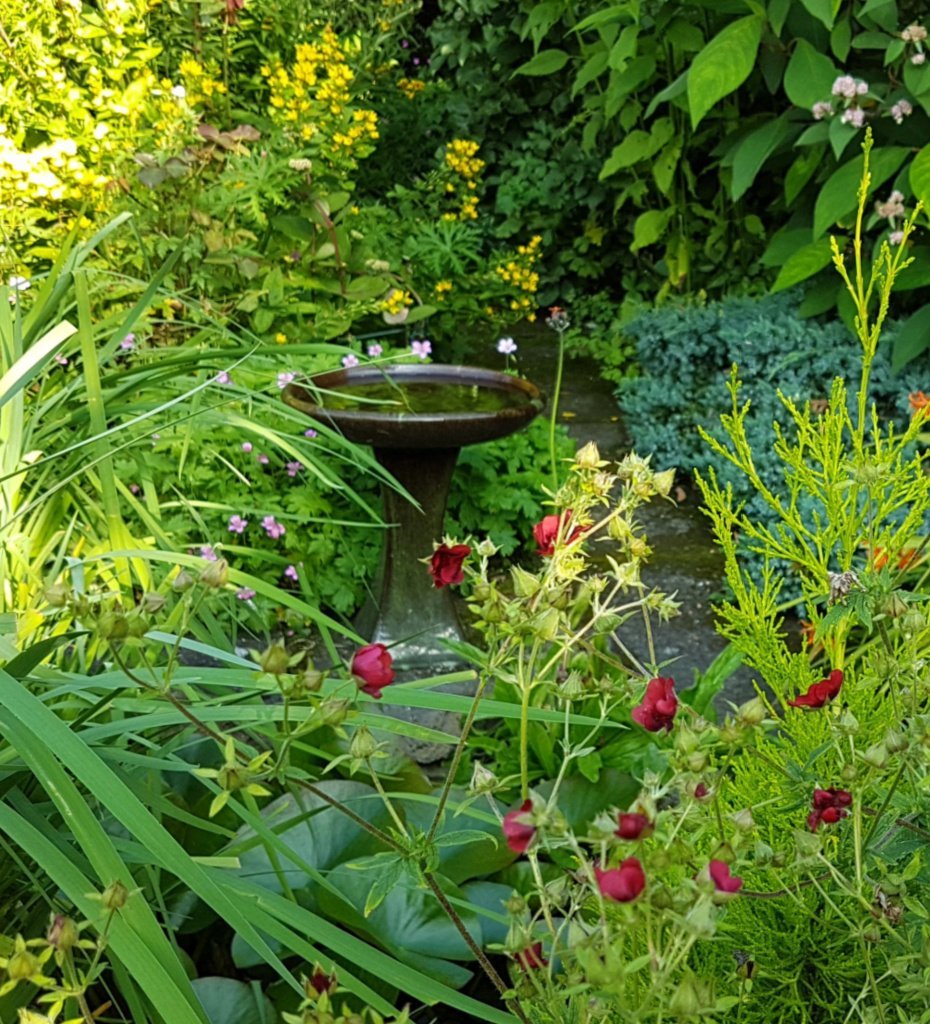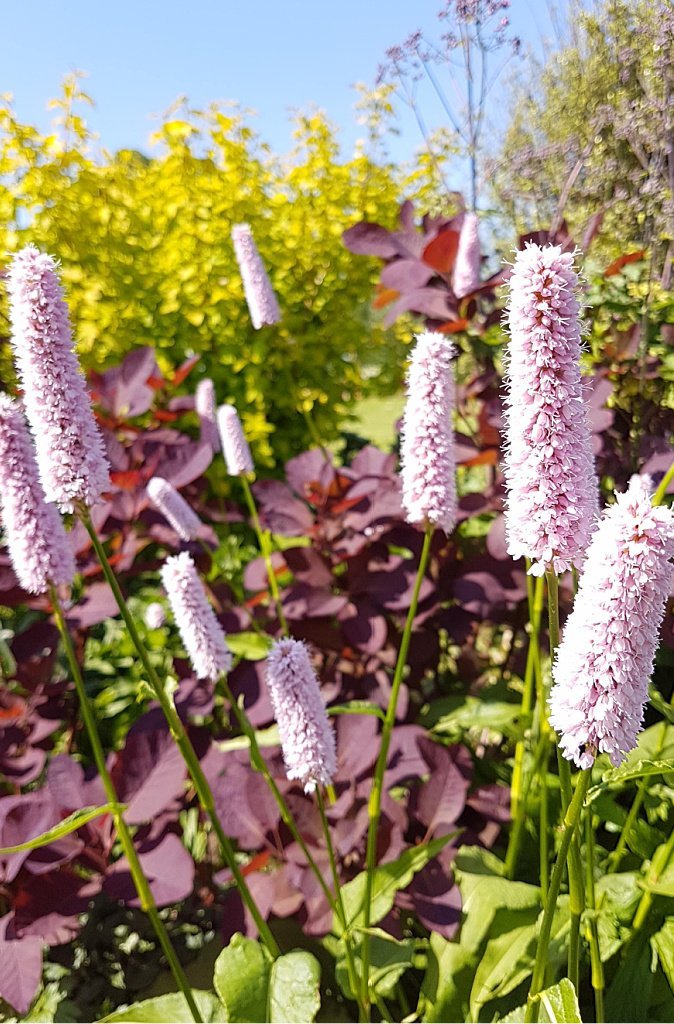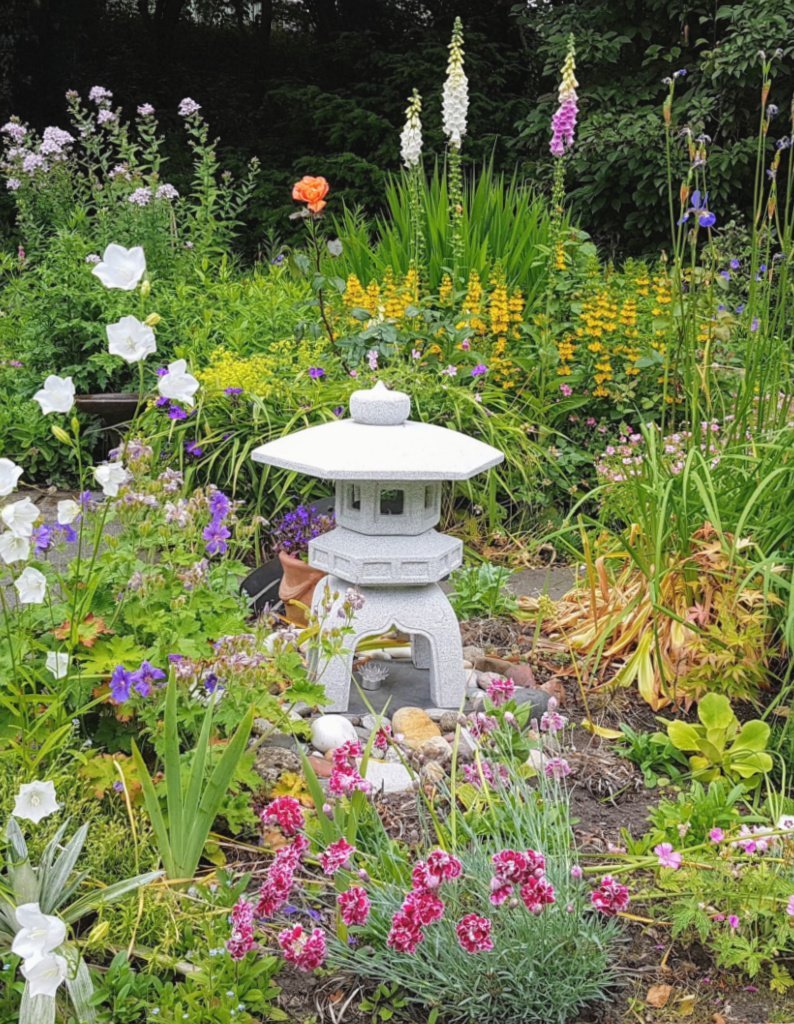How thoughtful planting created a real haven
The nicest garden I ever knew was in a city quite a long way from here. At least, far enough away so that the owner could never know if I wrote about it.
It never opened to the public, not even under Scotland’s Garden Scheme. (This was also because, to be honest, it wasn’t actually in Scotland either!)
I’ve often wondered why it’s my favourite garden of all time. I think I liked this one best because it was a private and personal effort by one gardener, working alone.
You can tell by the past tense that I am going back in time quite a few years. The owner passed away some years ago and the house was sold…I have no photographic record of it. But lots of memories.

Gardens are transient
After the gardener and creator died, I never saw the garden again. I expect it will have changed totally – because from experience, I know that an hour or two with a mechanical digger can obliterate a lifetime’s work. Gardens are transient.
A few family friends and relations saw it back then. On fine days, they would take tea under
the shade of a laburnum tree halfway down the long, narrow plot.
I remember, In a nearby bed, the seed pods of the bladder senna, Coluteus Arborescens – not common in this neck of the woods these days – made a gentle rattly hiss in late summer breezes as a soothing background.
Each visitor was captivated by the sense of calm and relaxation – and isn’t that what gardens are all about?
The rose ‘Constance Spry’
Let me think back some more…Nearer the house and supporting the spicy-scented pink rose ‘Constance Spry’, from the shady spot with its shoogly table, you could see, a garden shed which needed a coat of preservative.
Actually, I would like to use the word ‘mellowed’ here, of that storage structure. It’s so much kinder than the reality, which was ‘dilapidated’. But it was half hidden by the rose anyway.
(By the way, Constance Spry the person, as you probably know, had a fascinating life and floristry and flower arrangements was just a couple of her pursuits. And ‘Constance Spry’ the rose was the first ever developed and introduced in 1961 by the well-known English rose company David Austin Roses.)

(Above) Easter ledges is not only an attractive and easy going plant, the leaves are an ingredient in a Northern English pudding traditionally made at Easter. The lady-owner of the garden I am describing here was the first person I ever heard use the term.
The Great Gale
Now where were we? Oh yes, in the nicest garden there was an apple tree in front of the shed. This tree was well tilted over by the great gale or hurricane of 15-16th October 1987 down there in England.
I recall making a rough prop for the leaning tree afterwards from a forked branch.
But it thereafter made an easy scramble for Clematis viticella and its late summer purple flower.
I remember at the foot of the tree were some hellebores and primulas, which give a spring display. So there was colour for most of the year, somewhere amongst the plantings. The art was in making it look so casual.
In this long narrow garden, there was a reasonably sized shrub and herbaceous border, sheltered from the east by a boundary of overgrown ivy, evergreen laurel and the neighbour’s pear tree.
No rarities – it all just worked in the nicest garden
Come to think of it there was nothing really exceptionally out of the ordinary here,
yet it all worked so well together. A purple smoke tree (Cotinus) contrasted with the golden variety of Philadelphus coronarius, happy in the dry soil and scenting the June air as well.
Purple, yellow and glossy green somehow become harmonious. Pinks sprawled on to
the grass, grey leaved anaphalis with wee pearly flowers continued the theme of clever use of colour. Columbines seeded themselves at random, violas colonised the cracks of the path.

Another nice garden.
The bottom end had a productive vegetable plot, reached by brushing through a rosemary bush on one side and a lavender on the other.
The vegetable area was tucked behind some larch-lap fencing that had seen better days and seemed to held together and upright by twining honeysuckle.
A big Bramley apple rained fruit down in October as some of its branches were too tall to be picked or reached safely.
Round the sides of the vegetable plot were old soft fruit plants: things like a 40 year old blackberry variety whose name had long been forgotten (it came as a cutting from an English Home Counties big hoose).
Beans, both French and runner, salad stuff in profusion, fennel, tarragon and other herby material were tied back and held in place, so rampant did they all become.
Better than any garden designer
The whole effect was, I suppose, like a cottage garden, though this was in a city suburb. It certainly didn’t have that self-consciously posing glossy gardening magazine look. And it didn’t have ‘water features’, trompe l’oeil mirrors, hard surfaces or any other ‘must-have’ garden-designery features.
The artfulness and sensible planting were hardly noticeable. Best of all, in the nicest garden I ever knew there was nothing that was outrageously exotic or difficult to grow or to buy.
But there was a snag…
There’s only one small snag in all this. Indoors, you wouldn’t believe the cobwebs in the lobby and the stoor (Scots: dust) in the sitting room. And the kitchen of the house was definitely a bio-hazard. I suppose it’s all a matter of priorities. It was obvious where the lady-owner’s were – and they certainly weren’t inside!
Well, looking back, I can only conclude that there are only 24 hours in a day and few can create a lovely garden without cutting a few corners elsewhere in the domestic arrangements!
Though I’ll never be back, I bet under the new owners the kitchen is immaculate. And the garden is lockblock with a trampoline. Hmm.
